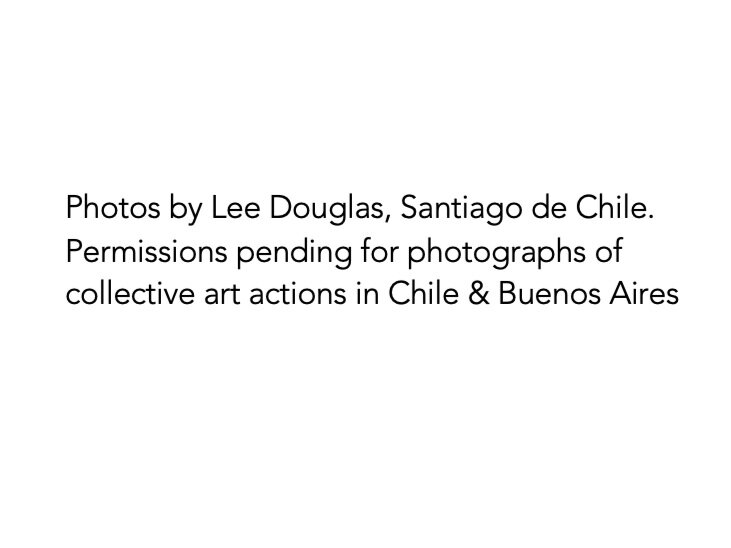Ephemeral Traces.
Art has long been concerned with the process of making evident acts of violence otherwise unseen. But, what happens when artistic practices leave no material trace? Or when the traces produced were never meant to reside in “official” collections? Unpacking curatorial labor, I consider how a Spanish Museum grapples with the representational politics of narrating violence through material absence and geographies of distance.







A Trace not Meant to Be: Performance, Ephemerality and the Politics of Representing Violence
In the 1970s and 1980s, artists in Latin America’s Southern Cone developed innovative strategies for making visible the traces of political violence experienced under repressive military dictatorships. Mobilizing a rich repertoire of conceptual art practices that reframed the relationship between artists and institutions, members of the avant-garde scene focused their attention away from the production of objects and towards forms of public action. By performatively activating the details of everyday life, cultural producers brought into being new body-centered forms of artistic language that could evidence not only the bodily absences invoked by the regime’s use of forced disappearance, but also those other forms of violent erasure central to the mechanics of dictatorial control. In these art actions, the ephemerality of the artistic trace was key to the political messages of resistance that artists sought to produce.
Drawing on archival and ethnographic research at a national museum in Spain, this project considers how an art institution grapples with how to represent artistic practices that have left little or no material trace. Unpacking how museum curators frame their collection practices, I examine how a European institution’s desire to narrate violent pasts and to safeguard forms of cultural memory conflict with the ephemerality of performative artworks that sought to make visible the violence exercised on and through Argentine and Chilean bodies during dictatorial regimes. Tracking processes of acquisition and display, I analyze how different forms of documentation are activated to piece together memories of artistic resistance and the politics implicit in narrating histories of violence across the north/south divide.
To browse the work by art collectives such as CADA and Agrupación de Plásticos Jóvenes, see the website Archivos en Uso, a collective project of the research initiative, Red Conceptualismos del Sur.
